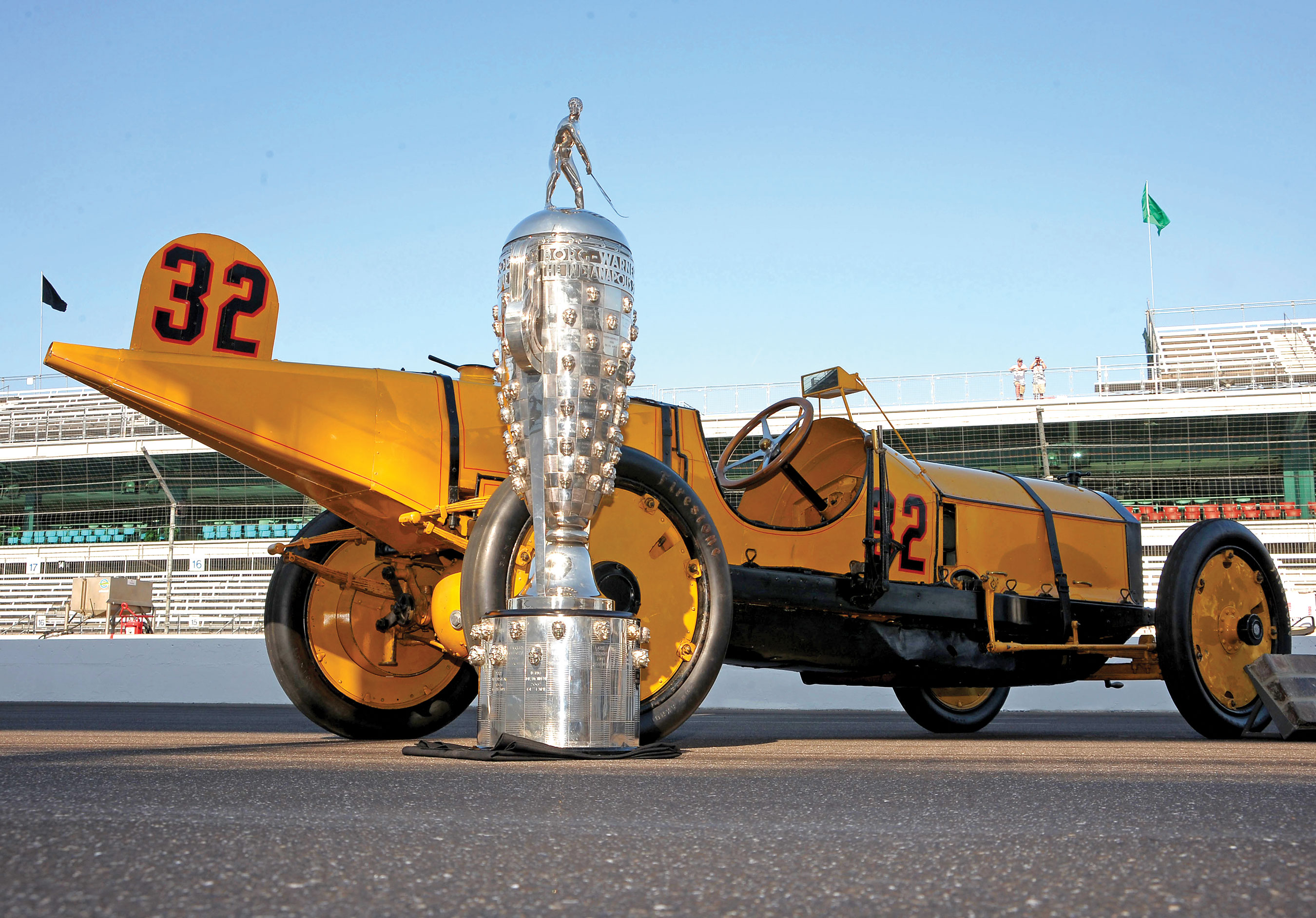
When you’re watching luxury exotics swallow tarmac in enormous gulps on a track day, it isn’t hard to see the connection between motorsport and automotive design. These are cars available at dealerships, yet are designed with the features of a racing machine. Their sleek, aerodynamic bodies, powerful engines and finely-tuned suspensions are at their best on a race track.
But a car doesn’t have to have a six-figure price tag to boast motorsport DNA. The spirit of competition is a key motivator in the advancement of vehicle technology even in the car you drove to work or the grocery store today – which I’m assuming wasn’t a luxury exotic; if it was, then lucky you – and it is the reason car companies from Ferrari to Honda make the often considerable investment in racing around the world.
 “We have heard the saying, ‘Win on Sunday, sell on Monday,’ and I think that holds true in a lot of ways,” says Michael Andretti, head of Andretti Autosport, a team that’s no stranger to winning on Sunday. “Auto racing is a great way for a manufacturer to show their product under the toughest conditions.”
“We have heard the saying, ‘Win on Sunday, sell on Monday,’ and I think that holds true in a lot of ways,” says Michael Andretti, head of Andretti Autosport, a team that’s no stranger to winning on Sunday. “Auto racing is a great way for a manufacturer to show their product under the toughest conditions.”
While it can take some imagination to look at an IndyCar today and see how it is related to a daily driven Honda Accord, the elements are there. Characteristics like engine efficiency and electronic controls – proven on the track during pushed-to-the-limit competition – make their way into the guts of daily drivers as fast as companies can bring them to market.
As an ubiquitous example of racing technology that made its way to the street, Andretti points to the Marmon Wasp, the first car to win the Indianapolis 500 back in 1911. In addition to its yellow and black paint scheme, one of the key distinguishing factors of the car was a rear-view mirror. In racing, it was an innovation that allowed the driver to drop the traditional mechanic and spotter who would otherwise ride along with him. On the street, the advantages are so obvious that it is hard to imagine production cars today without them.
Over at Volkswagen Motorsport, the pros in the racing and production vehicle engineering departments work together to exchange knowledge beneficial to both divisions – and that helps get new ideas to market.
“In general, production car engineering has the intention to implement new technology quickly, as this naturally gives an advantage over competition on the market,” says Jost Capito, who heads up Volkswagen Motorsport.
Capito points to small but powerful engine packages, direct injection and modern turbocharging as elements that all continue to benefit from a motorsport proving ground at VW. “Those technologies have to be absolutely perfect to be successful in motorsport,” he says. “And all the knowledge gained in motorsport gets transferred into the production engineering.”
 Although the connection between racing machines and daily drivers is always present, it is easier to see when the motorsport involved uses production-based cars, like Volkswagen’s current top efforts in the World Rally Championship and the Global Rallycross Championship.
Although the connection between racing machines and daily drivers is always present, it is easier to see when the motorsport involved uses production-based cars, like Volkswagen’s current top efforts in the World Rally Championship and the Global Rallycross Championship.
“Rally and rallycross are motorsports based on production vehicles and uses the technology that every customer can buy in the Volkswagen showrooms,” says Capito.
But more than the direct relationship between a gadget developed for a racecar that becomes a widget in next year’s production model, it is the spirit of competition – the drive to be the best – that helps to inspire the kind of creative thinking that moves technology forward.
Think of your favourite motorsport rivalry: Formula One’s Ferrari versus McLaren, or Subaru versus Mitsubishi on the special stages of the WRC. The motorsports that set the stage for those tremendous battles gave rise to rapid technological development.
“Motorsport very often develops unconventional technical solutions due to the extremely tense competition,” says Capito.
So compelling is the idea that motorsport prompts automotive innovation that the concept is one of the key drivers of the new Formula E series.
The world’s first fully electric racing series “represents a vision for the future of the motor industry over the coming decades, serving as a framework for R&D around the electric vehicle, accelerating general interest in these cars and promoting sustainability,” Formula E boasts in its marketing material.
In a world where dwindling fuel supplies are creating a need for alternative solutions to fossil fuels, some healthy competition might just be the kick-start the automotive industry needs.
“In a few years, once more manufacturers get involved, the development of these technologies will accelerate at a tremendous rate,” predicts Andretti, whose Andretti Autosport team will field two cars in the series when it starts this fall, while its business arm will promote the Miami round in March 2015.
“The ultimate form of competition between automakers is on the race track and I’m certain that competing for wins and championships will only push engineers and designers further to create the next generation of automotive technology.”
So, while most of us don’t drive luxury exotics to work, the motorsport connection is there every time we strap in (yep: seat belts are a racing innovation) and push-button start (where do you think that came from?). No matter what you drive, the vehicle is a product of the manufacturer’s racing heritage. And somewhere out there, some yet-to-be-named innovation on the next new car you buy is under development right now on the race track. Now, if somebody would just get around to putting on that racing series for flying cars…






















